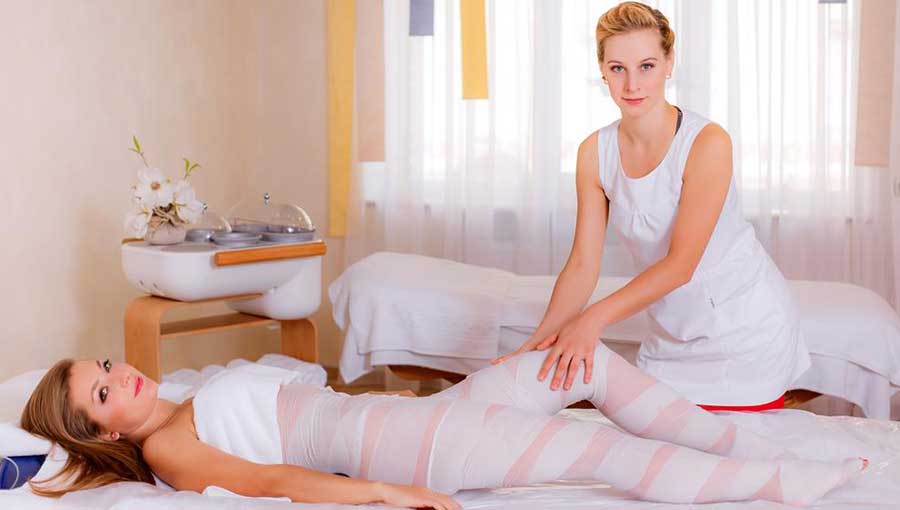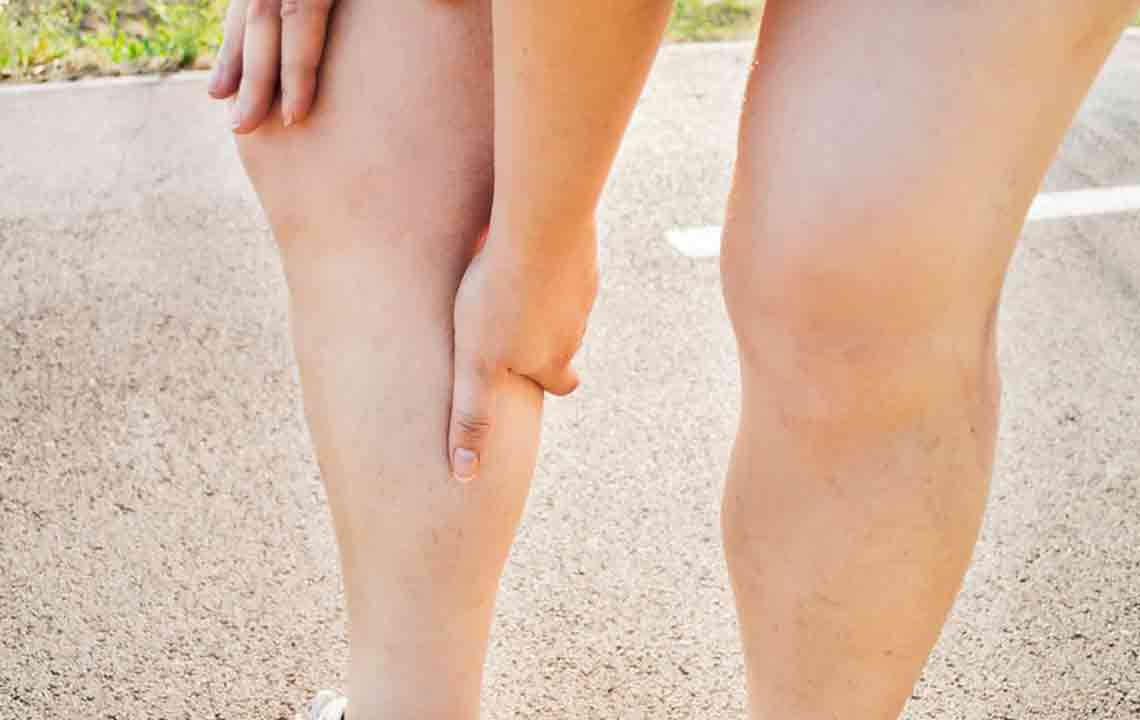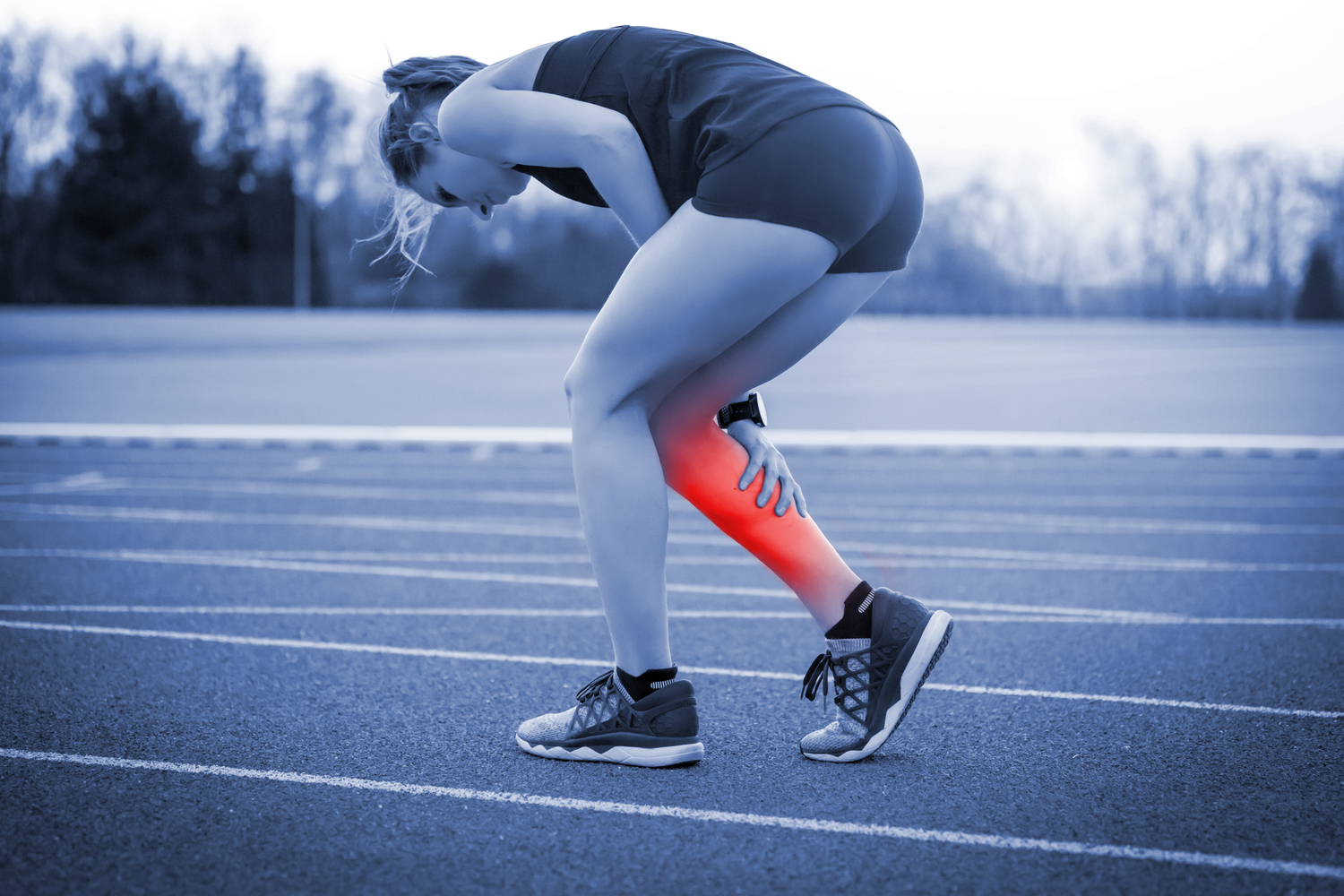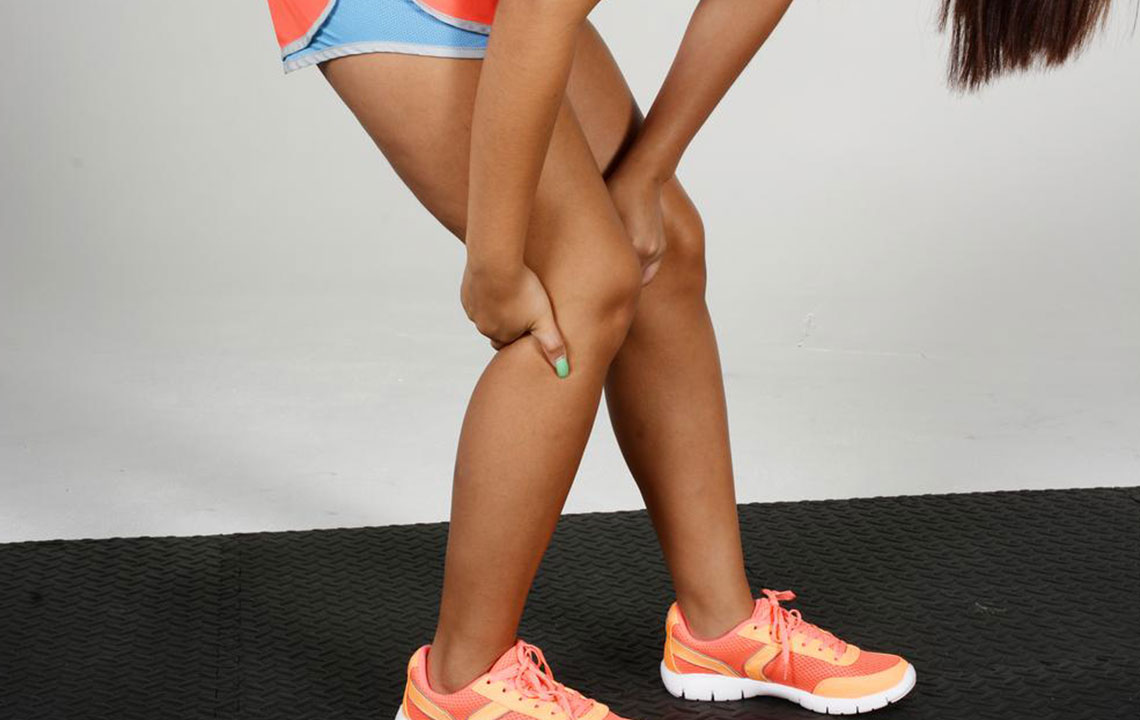Proven Methods to Alleviate Leg Muscle Cramps and Improve Comfort
Leg muscle cramps can be painful and disruptive, especially after exercise or during rest. This comprehensive guide explores causes, preventive measures, and effective remedies to alleviate cramps, helping you stay comfortable and active. Readers will learn about lifestyle changes, dietary tips, and when to seek medical help for persistent issues to maintain healthier, pain-free legs.

Leg muscle cramps are a common and often distressing problem experienced by many individuals, especially after physical activities. These involuntary contractions, known as cramps, primarily affect the calf muscles but can also involve other parts of the leg. The discomfort caused by these spasms can range from mild to severe, leading to sleepless nights, limited mobility, and ongoing discomfort throughout the day. Understanding the causes, prevention methods, and treatment options is crucial for managing and reducing the frequency and intensity of leg cramps.
Leg cramps frequently occur during or after physical exertion, especially in activities that involve repetitive leg movements or prolonged periods of standing. They can also strike unexpectedly during rest, often in the middle of the night, disrupting sleep and causing significant irritation. The muscle fibers contract involuntarily, leading to a hard, visibly swollen, and sometimes painful lump or knot in the affected area. While these spasms are usually harmless, they can be an indicator of underlying health issues or nutritional deficiencies that require attention.
Causes of Leg Muscle Cramps
Understanding what triggers leg cramps is the first step toward effective management. Several factors can contribute to the development of cramps, ranging from lifestyle habits to underlying medical conditions:
Muscle Overuse: Engaging in strenuous exercise or new physical activities can overload leg muscles, leading to fatigue and spasms. Overexerting during workouts without proper warm-up or cool-down routines increases the risk.
Dehydration: Losing fluids through sweating during exercise or hot weather impairs electrolyte balance, which is vital for normal muscle function. Insufficient hydration can cause muscles to contract involuntarily.
Electrolyte Imbalances: Minerals such as magnesium, potassium, calcium, and sodium are essential for muscle contraction and relaxation. Deficiencies or imbalances in these nutrients are common culprits in cramps.
Poor Nutrition: An unbalanced diet lacking in essential vitamins and minerals can weaken muscle function and increase vulnerability to spasms.
Medical Conditions: Underlying health issues such as diabetes, peripheral artery disease, or hormonal imbalances can contribute to muscle cramps. Blood pressure problems may also play a role.
Age-Related Factors: Older adults are more prone to cramps due to muscle thinning, reduced blood flow, and changes in nerve function with aging.
Medication Side Effects: Some medications, particularly diuretics, statins, and blood pressure drugs, may cause electrolyte disturbances or muscle weakness resulting in spasms.
Effective Home Remedies and Preventative Measures
Managing leg cramps often involves a combination of lifestyle adjustments, dietary modifications, and simple home remedies. Below are some proven strategies to reduce the occurrence and severity of cramps:
Stretching Exercises: Gentle stretching of the calf muscles, hamstrings, and quadriceps before and after physical activity helps maintain flexibility and reduce muscle tightness. During a cramp, a standardized stretch, such as pulling the toes toward the shin, can quickly relieve the spasm.
Heat Therapy: Applying warm compresses or heating pads to the affected muscle increases blood flow and relaxes contracted fibers. Warm baths also promote overall muscle relaxation.
Stay Hydrated: Drinking plenty of water throughout the day, especially before, during, and after exercise, helps maintain electrolyte balance and prevents dehydration-related cramps.
Balanced Diet Rich in Magnesium and Potassium: Incorporate foods like bananas, oranges, sweet potatoes, spinach, nuts, and seeds to ensure adequate intake of vital minerals involved in muscle relaxation.
Proper Footwear and Ergonomics: Wearing supportive shoes and avoiding prolonged periods of standing or sitting can reduce undue strain on leg muscles.
Regular Movement and Rest: Avoid staying in the same position for extended periods. Gentle movement during long periods of sitting or standing can reduce muscle stiffness.
When to Seek Medical Advice
If leg cramps are persistent, increasingly severe, or accompanied by other symptoms such as swelling, weakness, or numbness, consulting a healthcare professional is important. Ongoing cramps might signal underlying health conditions that need medical intervention. A doctor may recommend blood tests to check electrolyte levels, kidney function, or blood sugar, as well as review medications that could be contributing to the problem. In some cases, physical therapy or specific medical treatments might be necessary to address underlying causes effectively.
Summary
Leg muscle cramps are a common condition that can cause significant discomfort but are often manageable with simple lifestyle adjustments and home remedies. Ensuring proper hydration, a balanced diet rich in essential minerals, regular stretching, and adequate rest can greatly reduce the frequency of cramps. Older adults and individuals with underlying health conditions should be particularly vigilant. Persistent or severe cramps should be evaluated by a healthcare professional to rule out underlying health issues and receive tailored treatment plans. By understanding the causes and applying effective prevention techniques, individuals can enjoy healthier, cramp-free legs and improved overall comfort.





